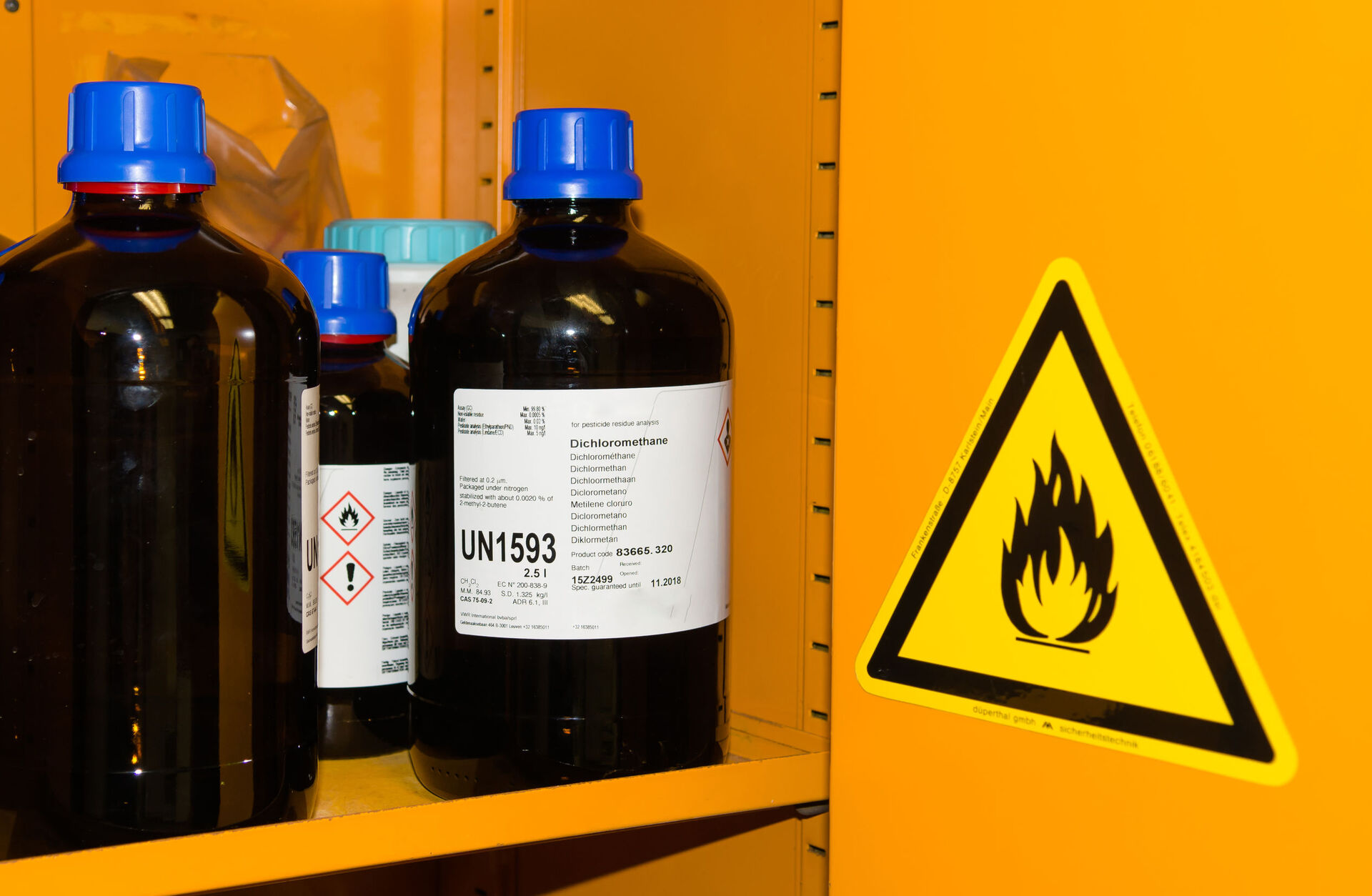

Articles
How To Store Flammable Liquids
Modified: December 7, 2023
Learn the safest methods to store flammable liquids in this informative articles. Protect your home and workplace with expert storage guidelines.
(Many of the links in this article redirect to a specific reviewed product. Your purchase of these products through affiliate links helps to generate commission for Storables.com, at no extra cost. Learn more)
Introduction
Storing flammable liquids safely is of utmost importance to prevent accidents and ensure the well-being of individuals and property. Flammable liquids such as gasoline, solvents, and paint thinners can be highly volatile and pose significant fire risks if not handled and stored properly. Understanding the nature of flammable liquids and implementing appropriate storage practices is crucial to minimize the likelihood of accidents and protect yourself, your family, and your surroundings.
In this article, we will explore the factors to consider before storing flammable liquids, the importance of choosing the right storage containers, and guidelines for storing these liquids both indoors and outdoors. We will also discuss the necessary safety measures to follow, fire prevention techniques, and emergency response procedures. Lastly, we will touch on proper disposal methods for flammable liquids.
By following these guidelines and best practices, you can ensure the safe and responsible storage of flammable liquids, reducing the risks associated with their use and protecting your environment from potentially devastating fires.
Key Takeaways:
- Proper storage of flammable liquids requires consideration of quantity, ventilation, and compliance with regulations. Choosing the right containers and implementing safety measures indoors and outdoors is crucial to prevent accidents and fires.
- Effective fire prevention, emergency response procedures, and proper disposal methods are essential for minimizing risks associated with storing flammable liquids. Regular training, adherence to regulations, and promoting safety culture are key to safeguarding individuals and the environment.
Read more: How To Store Prednisolone Liquid
Understanding Flammable Liquids
Before we delve into the storage aspects, it is essential to understand what flammable liquids are. Flammable liquids are substances that have a low flashpoint, which means they can easily ignite and burn at relatively low temperatures. These liquids produce flammable vapors that, when exposed to a spark, flame, or heat source, can lead to a fire or explosion.
Common examples of flammable liquids include gasoline, diesel fuel, kerosene, alcohol, acetone, and paint thinners. These substances are often found in households, workplaces, and industrial settings for various purposes such as fueling vehicles, cleaning, and as solvents in paint and other manufacturing processes.
To identify flammable liquids, they are typically labeled with a hazard symbol, signaling their combustible nature. It is crucial to handle these liquids with caution and to be aware of their potential hazards.
Flammable liquids have specific characteristics that make them more prone to fire hazards. They have a relatively low boiling point, which means they evaporate quickly and produce flammable vapors. They also have a narrow flammable range, meaning there is a specific concentration of vapor in the air that is required for them to ignite.
Additionally, flammable liquids can be highly reactive with other substances, leading to chemical reactions or even explosions if not properly controlled. Therefore, it is of utmost importance to handle and store flammable liquids in a manner that minimizes the risks associated with their storage, handling, and usage.
Factors to Consider Before Storing Flammable Liquids
Before storing flammable liquids, it is crucial to consider several factors to ensure the safety and compliance of your storage practices. These factors include the quantity of flammable liquids, the type of storage area, ventilation requirements, and compliance with local regulations. Let’s explore each of these factors in detail.
Quantity of Flammable Liquids: The volume of flammable liquids you plan to store will determine the type of storage containers and the storage area’s capacity. It is essential to accurately assess your flammable liquid inventory and avoid exceeding the maximum allowable quantity for safe storage.
Type of Storage Area: Flammable liquids should be stored in designated areas that are well-suited for their storage. It is advisable to have a separate, dedicated storage room that is fire-resistant and properly labeled. Alternatively, if a storage room is not available, consider using approved flammable storage cabinets or safety cans.
Ventilation Requirements: Adequate ventilation is crucial when storing flammable liquids as it helps disperse flammable vapors, reducing the risk of ignition. Ensure that your storage area has proper ventilation systems in place, such as exhaust fans or specialized vents designed for flammable liquids storage.
Compliance with Local Regulations: Different jurisdictions have specific regulations and codes governing the storage of flammable liquids. It is essential to familiarize yourself with these regulations and ensure that your storage practices comply with the requirements set by local authorities. This may include obtaining permits or certifications, implementing safety measures, and adhering to storage capacity limits.
In addition to these factors, it is crucial to assess the surrounding environment for potential fire hazards. Keep your flammable liquid storage area away from ignition sources such as open flames, electrical equipment, and direct heat sources. Regularly inspect your storage area for any signs of leaks, corrosion, or deterioration and address any issues immediately.
By considering these factors and implementing necessary precautions, you can ensure that your flammable liquid storage practices meet safety standards and minimize the risk of accidents and fires.
Choosing the Right Storage Container
Selecting the appropriate storage containers for flammable liquids is crucial to ensure their safe handling and storage. The containers should be designed specifically for storing flammable liquids and meet regulatory standards. Here are some factors to consider when choosing the right storage container for flammable liquids.
Metal Safety Cans: Metal safety cans are one of the most common and reliable storage containers for flammable liquids. These cans are made of steel or aluminum and are designed with a tight-fitting lid and a spout for controlled pouring. Metal safety cans come in different sizes to accommodate various quantities of flammable liquids.
Flammable Liquid Storage Cabinets: Flammable liquid storage cabinets are recommended for storing larger quantities of flammable liquids. These cabinets are made of double-walled, fire-resistant material with proper ventilation to dissipate flammable vapors. They also have spill containment features to prevent leaks from spreading. Flammable liquid storage cabinets should be labeled as approved safety cabinets and comply with local regulations.
Safety Cans with Grounding: When dealing with highly flammable liquids, it is essential to choose safety cans with grounding capabilities. These cans have a built-in grounding wire or clamp that allows static electricity to discharge safely, minimizing the risk of sparks or ignitions. Grounding is especially vital when working with flammable liquids in environments where static electricity buildup is common.
Chemically Compatible Containers: Different flammable liquids may have specific compatibility requirements. It is crucial to choose containers made from materials that are chemically compatible with the stored liquids. For instance, certain plastics might not be suitable for storing certain types of solvents. Always check the manufacturer’s guidelines and consult compatibility charts to ensure the container is suitable for your specific flammable liquid.
Secondary Containment: In addition to the primary storage container, consider implementing secondary containment measures to prevent leaks, spills, and cross-contamination. This can be achieved by using spill trays, drip pans, or placing the primary containers within a larger secondary containment basin.
Proper Labeling: Regardless of the type of storage container used, it is crucial to label the containers properly. Ensure that the container is clearly marked with the name of the flammable liquid, any specific warnings or precautions, and other relevant information. Clear labeling helps prevent accidental mix-ups and facilitates safe handling and storage practices.
By carefully considering these factors and choosing the appropriate storage containers, you can ensure the safe and compliant storage of flammable liquids, minimizing the risk of accidents and promoting a secure working environment. Remember to regularly inspect and maintain the containers to ensure their integrity and functionality.
Storing Flammable Liquids Indoors
Storing flammable liquids indoors requires careful consideration and adherence to safety guidelines to minimize the risk of fires and ensure the well-being of individuals and property. Here are some important practices to follow when storing flammable liquids indoors.
Designated Storage Area: Create a dedicated storage area specifically designed for storing flammable liquids. This area should be well-ventilated, away from sources of ignition, and inaccessible to unauthorized personnel. It should be a designated space separate from living areas, with clear signage indicating the presence of flammable liquids.
Fire-Resistant Enclosures: Use fire-resistant enclosures such as flammable liquid storage cabinets or specially designed rooms constructed with fire-resistant materials. These enclosures are designed to help contain a fire should one occur and provide additional protection against accidental spills or leaks. Ensure the enclosures are compliant with local regulations and are properly labeled.
Proper Shelving: When storing flammable liquids, it is important to utilize appropriate shelving that can safely support the weight of the containers. The shelves should be made of non-combustible materials, such as metal, and should be positioned to allow for easy access and inspection of the containers. Avoid overloading the shelves and ensure that heavy containers are stored on lower shelves to prevent tipping.
Segregation: Separate incompatible flammable liquids to prevent any potential chemical reactions. Follow the manufacturer’s guidelines and consult compatibility charts to determine which liquids should be stored separately. It is also advisable to store flammable liquids away from other hazardous materials and chemicals to reduce the risk of cross-contamination.
Spill Containment Measures: Implement spill containment measures to prevent leaks and spills from spreading. Use spill trays, drip pans, or secondary containment basins to capture any accidental spills or leaks. Ensure these containment measures are properly maintained and promptly address any spills to prevent them from igniting or causing further hazards.
No Smoking Policy: Strictly enforce a no smoking policy in the storage area and surrounding premises. Smoking or using open flames in proximity to flammable liquids can have disastrous consequences. Clearly display no smoking signs and communicate the policy to all individuals who may enter the storage area.
Regular Inspections: Regularly inspect the storage area for any signs of leaks, corrosion, or deterioration of containers, shelving, or enclosures. Address any issues immediately to maintain the integrity and safety of the storage area. Inspections should also include checking for proper grounding of containers and ensuring that fire suppression systems and fire extinguishers are in working order.
By following these guidelines, you can ensure the safe and compliant storage of flammable liquids indoors. Promote a culture of safety and provide training to employees or individuals who have access to the storage area to educate them on proper storage practices and emergency response procedures. Remember, prevention is key, and proactive measures help mitigate the risks associated with storing flammable liquids indoors.
Store flammable liquids in a cool, well-ventilated area away from heat sources and direct sunlight. Use approved safety containers and keep them tightly sealed when not in use.
Read more: How To Store Liquid Chlorine
Storing Flammable Liquids Outdoors
Storing flammable liquids outdoors requires careful planning and adherence to strict safety measures to mitigate the risks associated with the storage of these hazardous materials. Here are some important practices to follow when storing flammable liquids outdoors.
Designated Outdoor Storage Area: Establish a designated outdoor storage area specifically designed for storing flammable liquids. This area should be located away from sources of ignition, such as open flames, electrical equipment, and heat sources. It should also be in a well-ventilated and secure location, inaccessible to unauthorized individuals.
Secondary Containment: Implement secondary containment measures to prevent leaks and spills from contaminating soil or bodies of water. Use containment basins, berms, or spill trays that are resistant to corrosion and can handle the volume of liquid being stored. Regularly inspect and maintain these containment measures to ensure their effectiveness.
Weather Protection: Protect flammable liquid containers from extreme weather conditions that can affect their integrity. Direct sunlight, excessive heat, and freezing temperatures can compromise the safety of the containers and increase the risk of leaks or explosions. Consider using weather-resistant covers or enclosures to shield the containers from the elements.
Proper Labeling and Signage: Clearly label all containers with the name of the stored flammable liquid, hazardous symbols, and any necessary warnings or precautions. Additionally, provide clear signage indicating the presence of flammable liquids and the necessary safety precautions to be followed in the area. This helps to prevent accidental mishandling and informs individuals about the potential hazards.
Spill Response Kits: Keep spill response kits readily available in the outdoor storage area. These kits should include absorbents, containment booms, personal protective equipment (PPE), and appropriate cleanup tools. Promptly address any spills or leaks to prevent them from spreading and posing a fire hazard.
Regular Inspections: Regularly inspect the outdoor storage area for any signs of leaks, damage, or deterioration of containers, containment measures, or labeling. Inspect the integrity of the containers and ensure that they are properly sealed and in good condition. Regular inspections help identify potential hazards and allow for timely remediation.
Emergency Response Plan: Develop and implement an emergency response plan specifically tailored for outdoor flammable liquid storage areas. This plan should outline evacuation procedures, communication protocols, and the proper use of fire suppression equipment. Ensure that all individuals who have access to the storage area are familiar with the emergency response plan and receive appropriate training.
By following these guidelines, you can ensure the safe and compliant storage of flammable liquids outdoors. Prioritize safety practices, provide adequate training, and foster a culture of strict adherence to protocols to minimize the risk of accidents and maintain a secure environment for all. Remember, proper storage practices and proactive measures significantly reduce the potential hazards associated with storing flammable liquids outdoors.
Safety Measures for Storing Flammable Liquids
When storing flammable liquids, implementing and following proper safety measures is crucial to minimize the risk of accidents and protect individuals and property. Here are some important safety measures to consider and implement when storing flammable liquids.
Proper Ventilation: Ensure that the storage area is well-ventilated to disperse flammable vapors and reduce the risk of ignition. Proper ventilation helps prevent the buildup of vapors that can lead to explosive conditions. Install exhaust fans, vents, or natural ventilation systems to maintain adequate airflow.
No Smoking Policy: Enforce a strict no smoking policy in the vicinity of flammable liquid storage areas. Smoking or producing open flames near flammable liquids can ignite the vapors, leading to fires or explosions. Clearly display no smoking signs and educate all individuals about the potential hazards associated with smoking in these areas.
Control Ignition Sources: Keep all potential ignition sources, such as open flames, sparks, electrical equipment, and heat sources, away from flammable liquid storage areas. Use non-sparking tools and equipment to minimize the risk of creating sparks. Regularly inspect electrical systems for any potential issues and address them promptly.
Proper Grounding: Ensure that all flammable liquid storage containers are properly grounded. Grounding helps to dissipate static electricity and prevent sparks that could ignite flammable vapors. Use containers with built-in grounding connections or utilize grounding straps or wires to create a path for static electricity to discharge safely.
Storage Quantity Limits: Adhere to the maximum allowable storage quantity limits for flammable liquids as determined by local regulations and codes. Overcrowding a storage area with excessive amounts of flammable liquids can increase the risk of spills, leaks, and accidents. Regularly review and update your inventory to ensure compliance with storage quantity limits.
Fire Suppression Systems: Install fire suppression systems, such as sprinklers or fire extinguishers, in or near flammable liquid storage areas. Ensure that these systems are regularly inspected, properly maintained, and in working order. Train individuals who have access to these areas on the proper use of fire suppression equipment and emergency response procedures.
Proper Handling and Transfer: Follow appropriate procedures for handling and transferring flammable liquids. Use approved safety containers and equipment to prevent spills and leaks during transfer. Avoid overfilling containers and be diligent in monitoring the integrity of containers to prevent leaks or deterioration that could lead to accidents.
Training and Education: Provide regular training and education to individuals who handle or have access to flammable liquids. Ensure that they understand the hazards associated with these liquids, proper storage practices, emergency response procedures, and the use of personal protective equipment (PPE) when working with flammable liquids.
Emergency Response Plan: Develop and implement an emergency response plan specific to flammable liquid storage areas. This plan should outline evacuation procedures, communication protocols, and steps for containing and extinguishing fires. Regularly review and practice the emergency response plan to ensure that individuals are prepared to respond effectively in the event of an emergency.
By implementing these safety measures, you can significantly reduce the risk of accidents and ensure the safe handling and storage of flammable liquids. Stay informed about changing regulations, conduct regular safety inspections, and foster a culture of safety to protect both individuals and property from potential hazards.
Fire Prevention and Emergency Response Procedures
Implementing effective fire prevention measures and having well-defined emergency response procedures is essential when storing flammable liquids. These measures help minimize the risk of fires and ensure the safety of individuals and property. Here are the key fire prevention and emergency response procedures to follow.
Fire Prevention:
- Regularly inspect and maintain all fire suppression systems, such as sprinklers, fire extinguishers, and fire alarms, in and around flammable liquid storage areas.
- Keep the storage area clean and free of clutter, ensuring proper storage and labeling of flammable liquids.
- Regularly check for potential ignition sources, such as electrical equipment, and promptly address any issues or hazards.
- Implement effective grounding procedures to dissipate static electricity and prevent sparks.
- Train personnel on fire prevention measures, including proper handling and storage techniques, as well as the importance of maintaining a safe working environment.
Emergency Response Procedures:
- Develop and communicate an emergency response plan specific to flammable liquid storage areas. Make sure all personnel are aware of the plan and know their roles and responsibilities.
- Establish clear evacuation procedures, including designated assembly points away from the storage areas.
- Ensure that all individuals have access to emergency contact information and know how to report fires or emergencies.
- Train personnel on the proper use of fire extinguishers and other fire suppression equipment. Regularly conduct drills to practice emergency response procedures.
- Designate individuals to be responsible for calling emergency services and providing them with accurate information about the situation.
- Have readily available and well-equipped first aid kits in the storage area.
- Regularly review and update the emergency response plan, taking into account any changes in personnel, storage quantities, or regulatory requirements.
Communication and Education:
- Establish a clear communication system to ensure effective communication during emergencies.
- Educate all personnel working in or near flammable liquid storage areas about the potential hazards, emergency procedures, and the location and use of fire suppression equipment.
- Regularly conduct training sessions on fire prevention, emergency response, and the proper use of personal protective equipment (PPE) when working with flammable liquids.
- Promote a culture of safety and provide ongoing education and reminders about fire prevention and emergency response measures.
By implementing effective fire prevention measures, developing robust emergency response procedures, and providing adequate training and education, you can significantly reduce the risk of fires and ensure a prompt and effective response in the event of an emergency. Regularly review and update these procedures to maintain their effectiveness and account for any changes in storage practices or regulations.
Proper Disposal of Flammable Liquids
Disposing of flammable liquids requires careful consideration and adherence to proper procedures to minimize environmental harm and ensure safety. Improper disposal can lead to pollution, fires, and other hazardous situations. Here are the key steps to follow for the proper disposal of flammable liquids.
1. Determine Appropriate Disposal Method: Before disposing of flammable liquids, determine the appropriate disposal method based on the specific type of liquid. Some options for proper disposal include recycling, reuse, treatment, or using an authorized disposal facility. It is important to consult local regulations and guidelines to ensure compliance.
2. Segregate Hazardous Waste: Segregate flammable liquids from other types of hazardous waste to prevent cross-contamination and ensure proper disposal. Follow guidelines for proper segregation and categorization of hazardous waste according to local regulations and guidelines.
3. Identify Recycling or Disposal Facilities: Research and identify approved recycling or disposal facilities in your area that are authorized to handle flammable liquids. Contact these facilities to ensure they accept the type of flammable liquid you wish to dispose of and inquire about their specific requirements for acceptance.
4. Prepare for Disposal: Properly package and label the flammable liquid for disposal. Use suitable containers that are compatible with the liquid and ensure they are adequately sealed to prevent leaks or spills during transportation. Clearly label the containers with the identity of the contents and any associated hazards.
5. Arrange for Transport: Arrange for the proper transportation of the flammable liquid to the designated recycling or disposal facility. Ensure that the transportation service complies with all applicable regulations and is authorized to handle hazardous materials. Keep all required documents and permits related to the transportation process.
6. Follow Facility Guidelines: When delivering the flammable liquid to the recycling or disposal facility, adhere to their guidelines and instructions for drop-off or collection. Follow any specific safety protocols they provide to ensure the safe transfer of the waste materials.
7. Document the Disposal: Keep records of the disposal process, including any relevant documents, permits, and certificates of disposal provided by the facility. Maintain these records for future reference and regulatory compliance.
8. Educate and Promote Sustainable Practices: Promote sustainable practices within your organization or community by educating others about proper disposal methods for flammable liquids. Raise awareness of the potential environmental and safety hazards associated with improper disposal, and encourage responsible handling and disposal of all hazardous materials.
By following these steps and adhering to local regulations and guidelines, you can ensure the proper disposal of flammable liquids while minimizing the environmental impact and maintaining a safe and sustainable approach to waste management. Proper disposal practices contribute to safeguarding the environment and the well-being of communities.
Read more: How To Store Liquid Nitrogen
Conclusion
Storing flammable liquids safely is of utmost importance to prevent accidents, protect lives, and safeguard the environment. By understanding the nature of flammable liquids and implementing proper storage practices, you can reduce the risk of fires and ensure the well-being of individuals and property.
Before storing flammable liquids, consider factors such as the quantity of liquids, the type of storage area, ventilation requirements, and compliance with local regulations. Choose the right storage containers, such as metal safety cans or flammable liquid storage cabinets, that are compatible with the specific liquids being stored.
When storing flammable liquids indoors, create a designated storage area, ensure proper ventilation, and implement spill containment measures. Follow safety measures such as grounding, regular inspections, and a no smoking policy to minimize risks. Outdoors, designate a specific storage area, implement secondary containment, and protect containers from extreme weather conditions.
Follow proper safety measures, including proper ventilation, elimination of ignition sources, grounding, and storage quantity limits, to ensure the safe storage of flammable liquids. Develop and practice fire prevention techniques, such as regular inspections and maintenance of fire suppression systems.
In the event of a fire or emergency, having well-defined emergency response procedures is crucial. Establish clear evacuation procedures, communication protocols, and the proper use of fire suppression equipment. Regular training and education on fire prevention and emergency response should be provided to all individuals involved.
When disposing of flammable liquids, determine the appropriate disposal method, segregate hazardous waste, and follow the regulations for recycling or disposing of the liquids. Properly package and label the liquids, arrange for their safe transport, and follow the guidelines of authorized recycling or disposal facilities.
By implementing these best practices and emphasizing safety, we can prevent accidents, protect our surroundings, and ensure the responsible handling and storage of flammable liquids. Remember, safety should always be the top priority when it comes to working with and storing these potentially hazardous materials.
Frequently Asked Questions about How To Store Flammable Liquids
Was this page helpful?
At Storables.com, we guarantee accurate and reliable information. Our content, validated by Expert Board Contributors, is crafted following stringent Editorial Policies. We're committed to providing you with well-researched, expert-backed insights for all your informational needs.

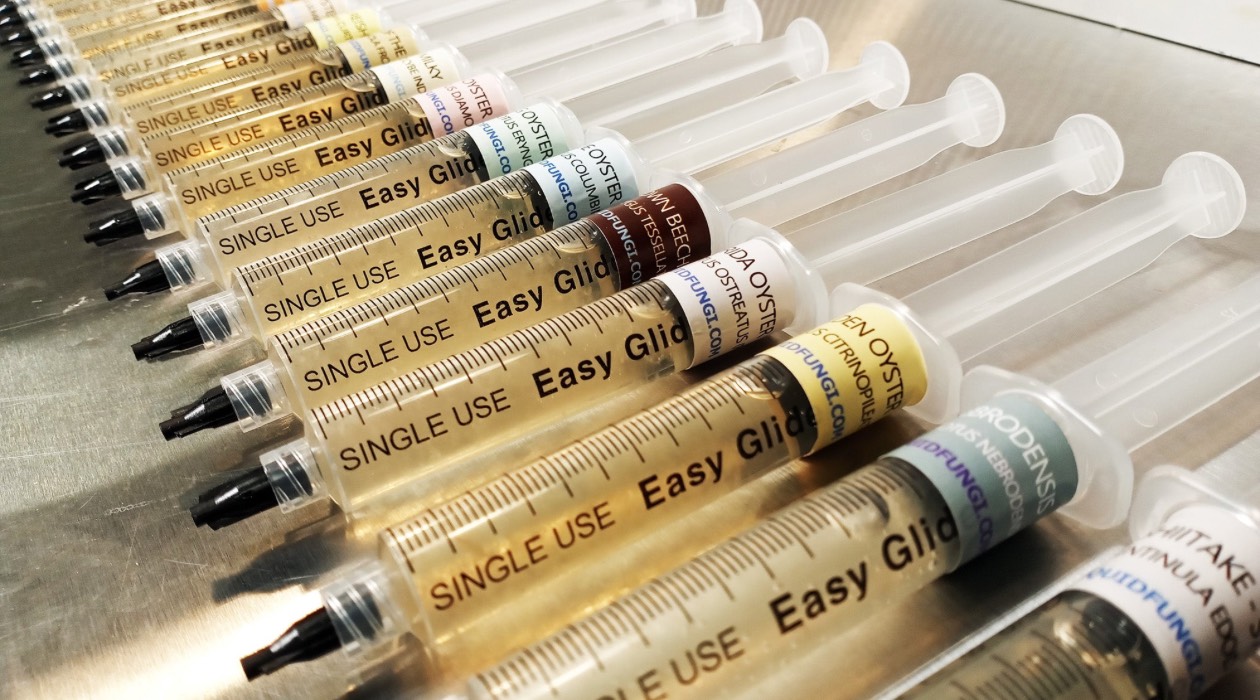

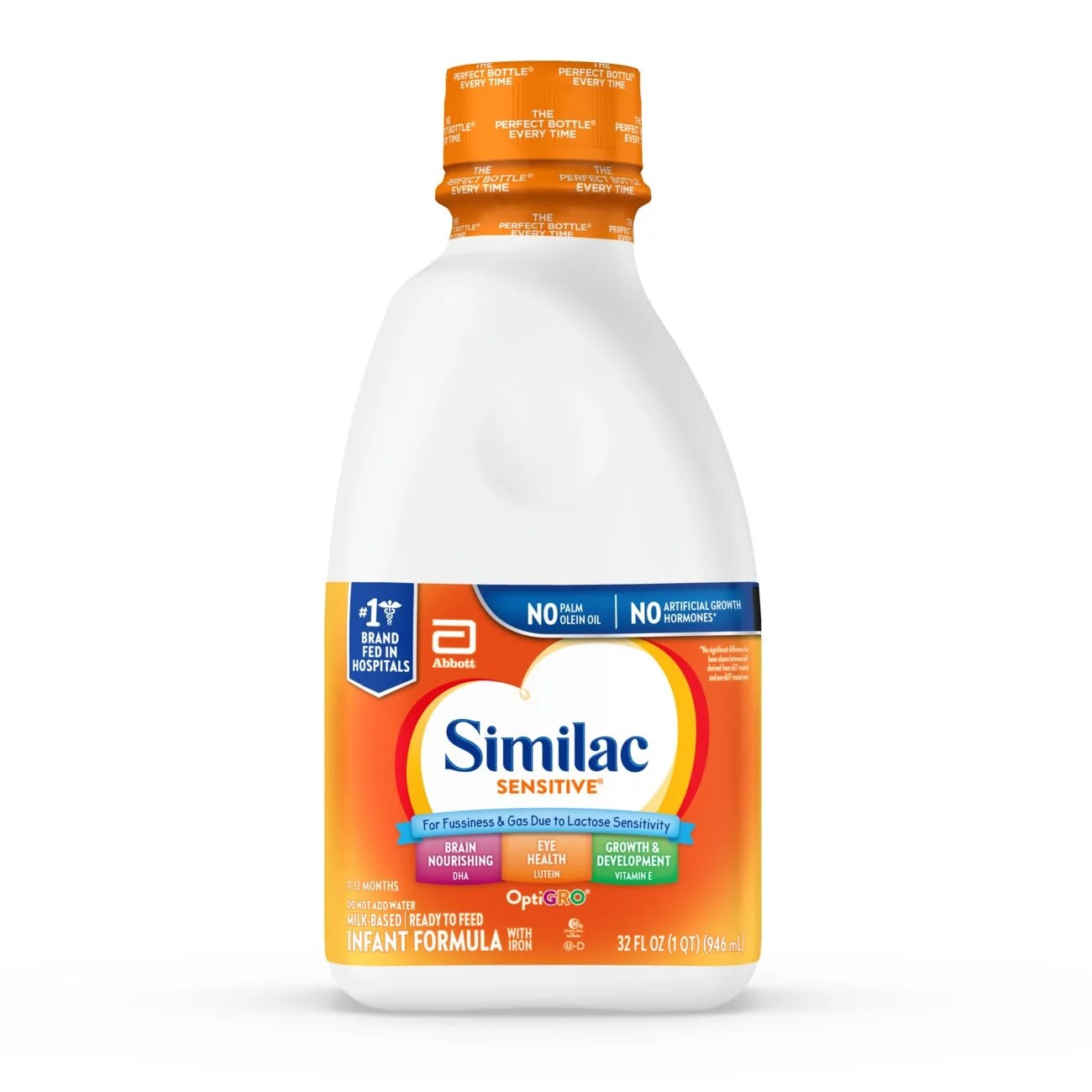
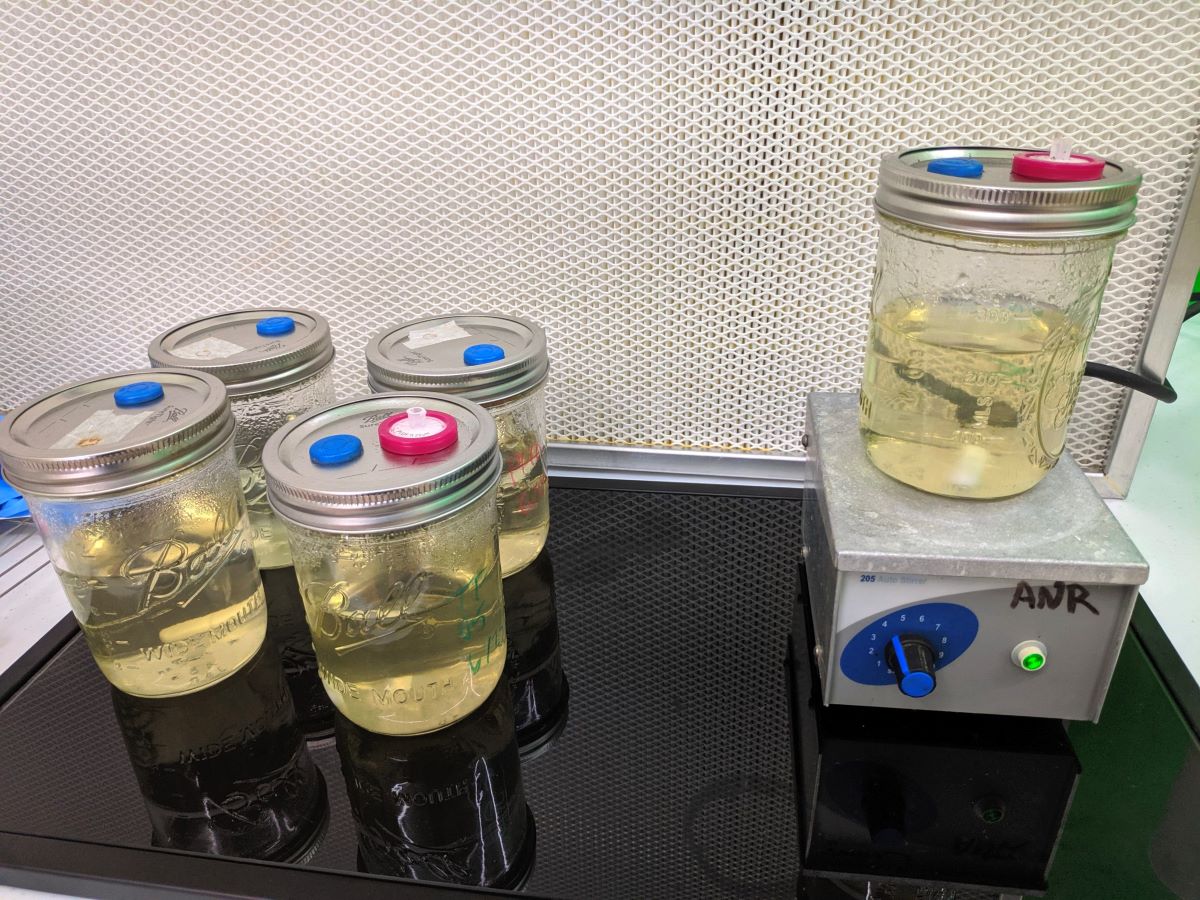
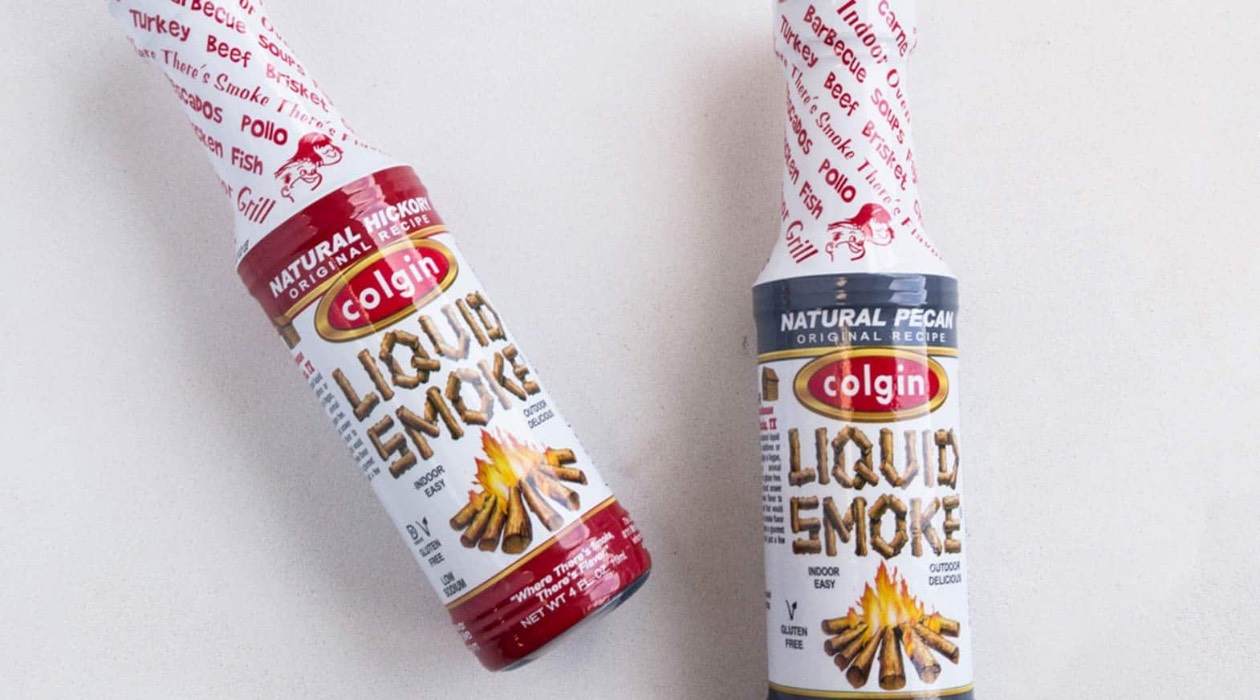
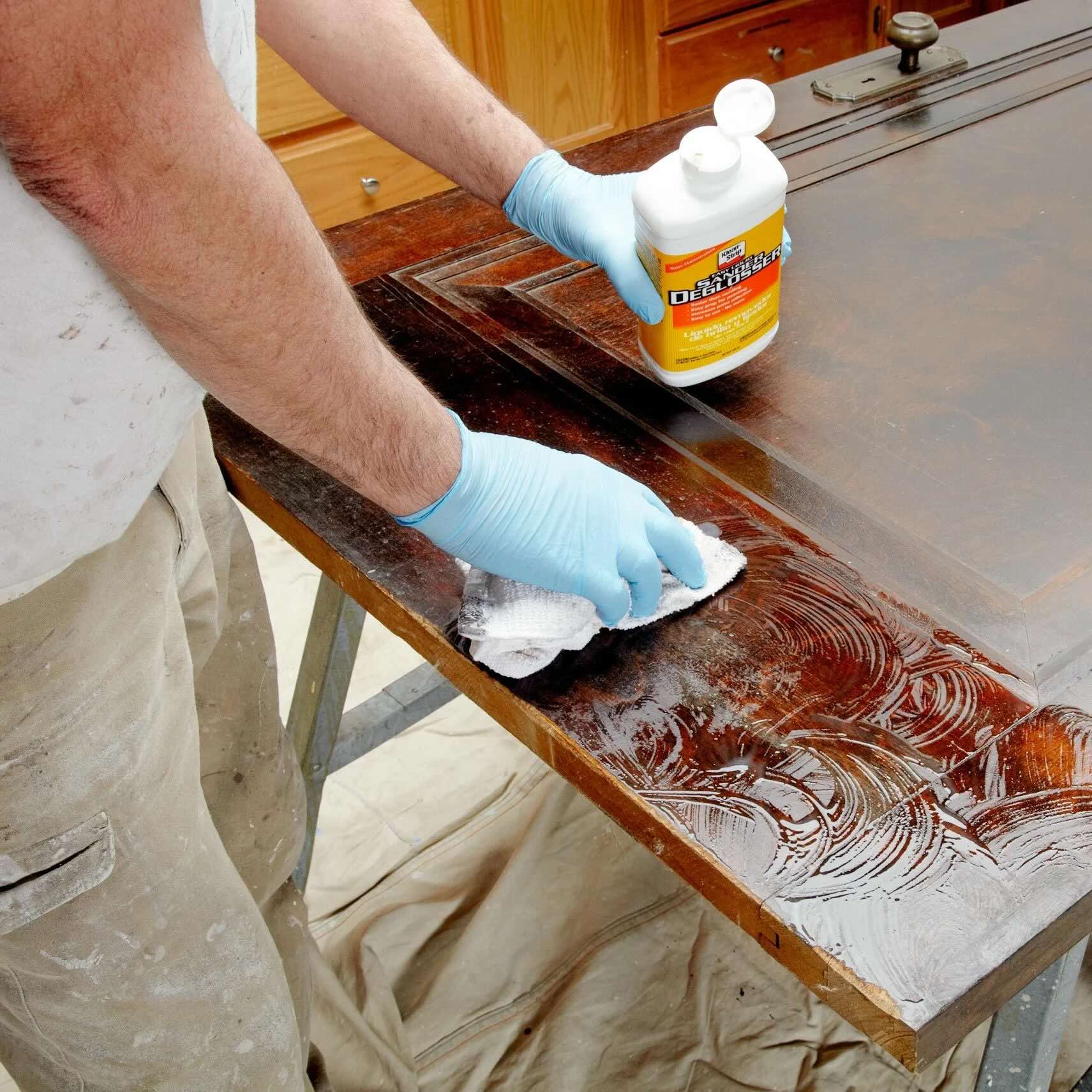



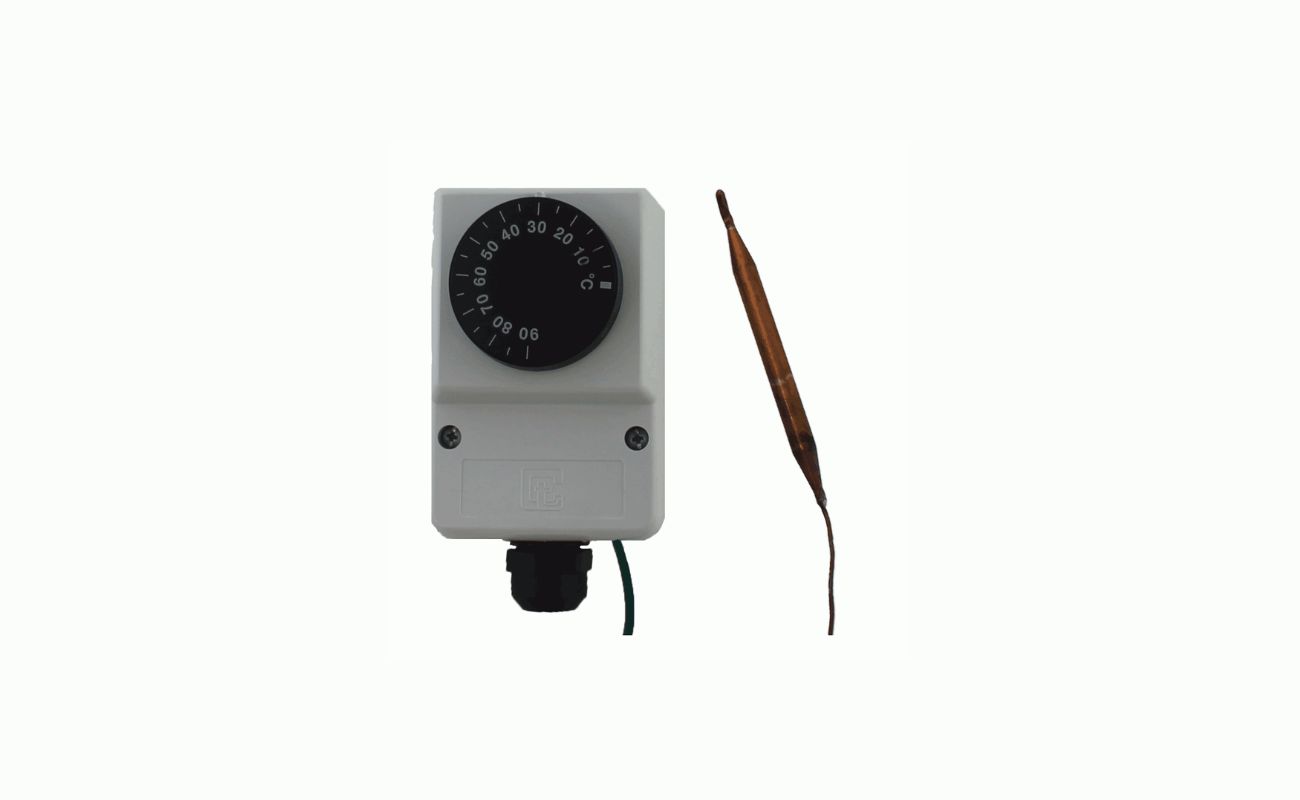



0 thoughts on “How To Store Flammable Liquids”